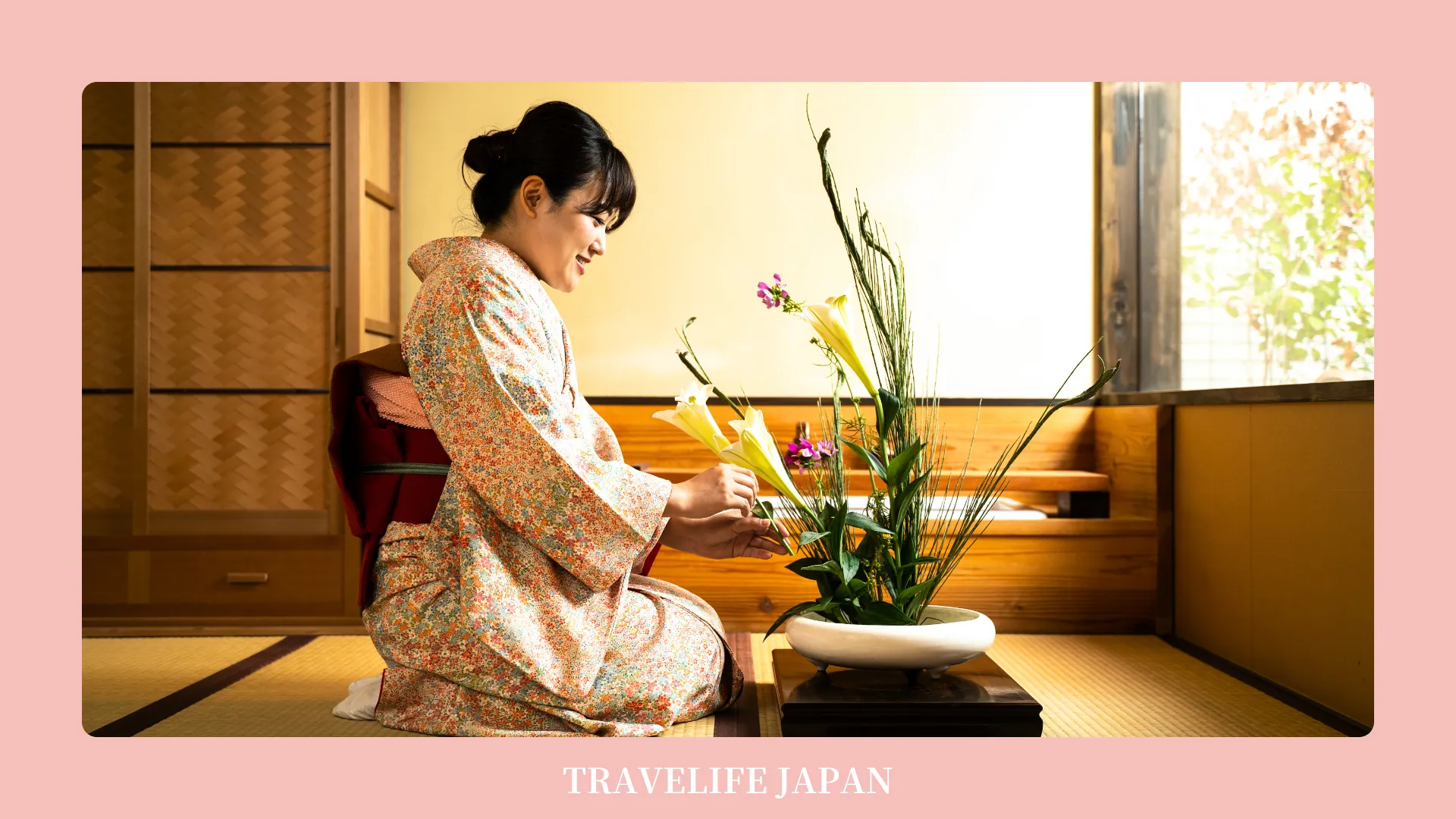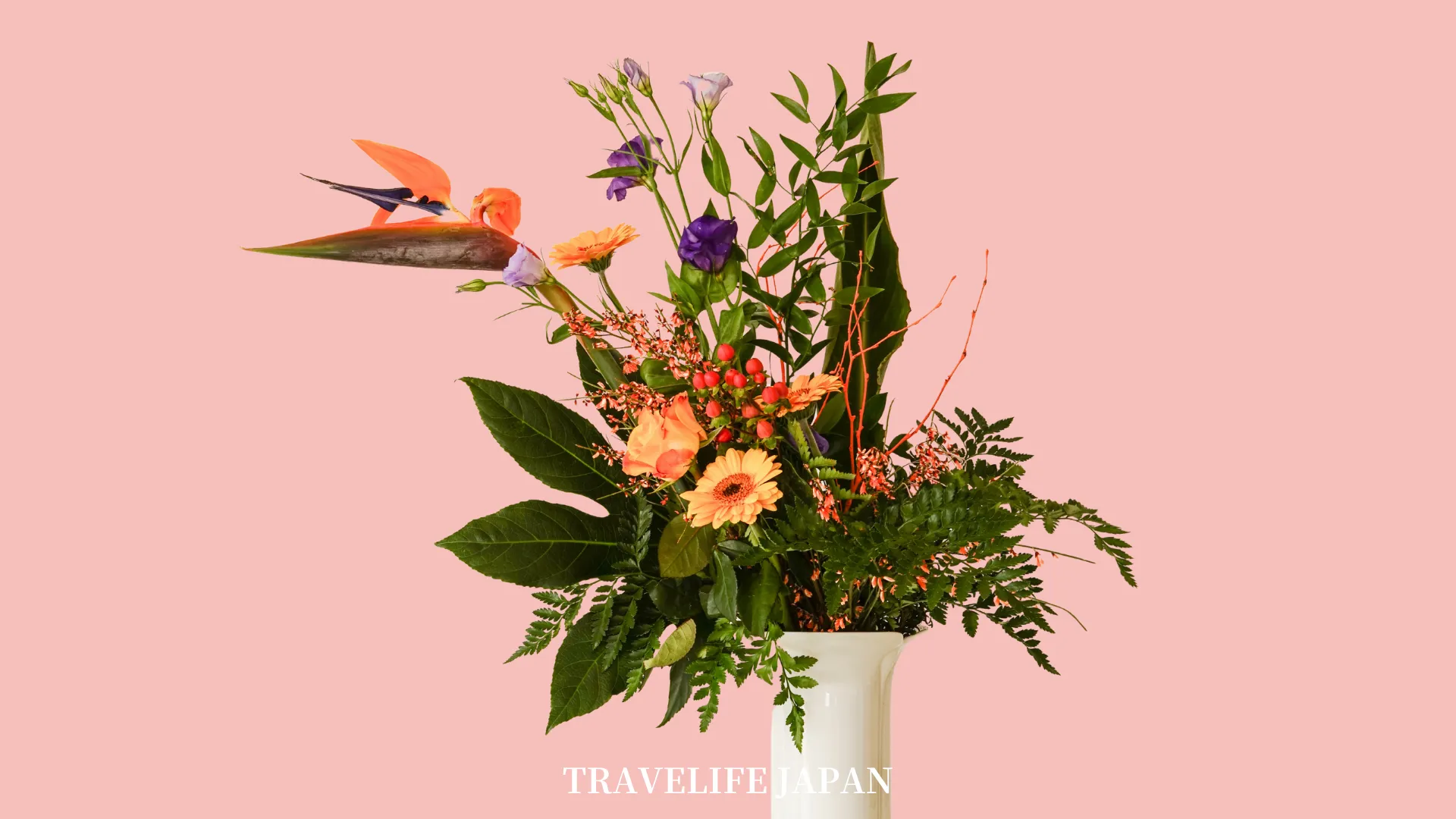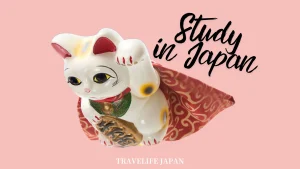Curious about the serene world of Kado and Ikebana, Japan’s traditional flower arranging arts? Discover the beauty and philosophy behind this ancient practice, a blend of nature, spirituality, and artistic expression cherished in Japanese culture. Explore its origins, styles, and the deep connection to nature’s aesthetics.
Origin of Kado and Ikebana

The art of Kado, also recognized globally as Ikebana, is deeply rooted in Japan’s cultural and spiritual landscape. Tracing its origins back thousands of years, this practice initially emerged from the simple act of offering flowers, a gesture of respect and reverence found in ancient human rituals. Evidence of such practices dates back 12,000 years, with flower garnishes discovered at burial sites in Israel, suggesting a long-standing human affection for floral offerings.
The formal introduction of Kado to Japan is intertwined with the arrival of Buddhism in the 6th century. Buddhist rituals of offering flowers to Buddha, known as “kuge,” played a pivotal role in shaping the tradition. This practice blended seamlessly with Shinto, the indigenous spirituality of Japan, where nature and its elements are worshipped. The fusion of these beliefs laid the foundational ethos of Kado: a harmonious respect for nature and spirituality.
The Muromachi period (1336-1573) marked a significant evolution in Kado, with the establishment of the Ikenobo school in Kyoto, recognized as the oldest Ikebana school. Ikenobo’s origins are linked to the flower offerings at Rokkakudo Temple by its monks, documented as early as 1462. The practice gained prominence, especially during the Edo period (1603-1868), when it spread beyond the aristocracy and samurai class to the general populace, fueled by a period of peace and economic prosperity.
This era saw the diversification of Ikebana styles, including the creation of “shoka,” which simplified arrangements to use fewer materials, reflecting a shift towards a more minimalist aesthetic. The integration of Ikebana with other cultural practices, such as the tea ceremony, further enriched its significance in Japanese society.
Styles of Kado

The styles of Kado, or Ikebana, each have unique characteristics, philosophies, and historical backgrounds, reflecting the rich cultural tapestry of Japan. These styles have evolved over centuries, each contributing to the diverse landscape of Japanese floral art. Let’s delve into some of the most prominent styles in more detail.
Ikenobo (池坊)
Ikenobo is considered the oldest Ikebana school, with a history dating back over 550 years. It originated at the Rokkakudo Temple in Kyoto, where priests made floral offerings to the temple’s deity. This school lays the foundation for Ikebana, emphasizing harmony between heaven, earth, and humanity through its arrangements. Ikenobo has various styles under its umbrella, including:
- Rikka
The oldest Ikenobo style, symbolizing the beauty of landscapes and expressing the universe in a floral arrangement. It uses multiple materials to create complex, three-dimensional compositions. - Shoka
A more simplified form that focuses on the natural beauty of the materials, aiming to express the life force of the plants. It typically uses fewer materials, creating a more minimalist aesthetic. - Free Style
A modern adaptation that allows for creative expression beyond traditional forms, embracing individuality and contemporary sensibilities.
Ohara-Ryu (小原流)
The Ohara School, founded in the late 19th century by Unshin Ohara, is known for the “Moribana” style, which means “piled-up flowers.” Moribana was revolutionary because it introduced a shallow, dish-like vase and utilized western flowers, accommodating the changing Japanese interior décor and incorporating a broader variety of floral species. This style is characterized by its use of color, form, and line to create landscapes within the arrangements, bringing nature indoors in a compact format.
Sogetsu-Ryu (草月流)
Established in 1927 by Sofu Teshigahara, the Sogetsu School is recognized for its avant-garde approach and philosophy that anyone can enjoy Ikebana anytime, anywhere, using any material. It is particularly known for its innovative and contemporary designs, which often incorporate not just flowers but also metal, plastic, and other non-traditional materials. The Sogetsu School emphasizes individual creativity and expression, making it popular among modern practitioners who seek to push the boundaries of traditional Ikebana.
Misho-Ryu (未生流)
Founded in the early 19th century, Misho-ryu focuses on the spiritual process of creating arrangements and the expression of beauty through minimalism. It is known for its disciplined approach and the emphasis on the inner beauty of the practitioner, which is reflected in the simplicity and elegance of the arrangements. Misho-ryu arrangements often follow a triangular structure, representing heaven, earth, and humanity, similar to other schools but with a unique interpretive twist that reflects its philosophical underpinnings.
Saga Goryu (嵯峨御流)
Tracing its origins to the imperial court and associated with the Saga Imperial Palace, the Saga Goryu style is steeped in history and tradition. It is characterized by its strict adherence to classical techniques and its preservation of ancient styles, including the “denshobana” (traditional flower arrangement) and “shinjoka” (new flower arrangement). Saga Goryu emphasizes the continuity of tradition and the meticulous replication of historic styles, serving as a living museum of Japanese floral art.
Senkei-Ryu (専敬流)
Founded in the 17th century, Senkei Ryu is known for its intricate rikka arrangements, which are detailed and complex, reflecting the school’s emphasis on technical precision and artistic expression. The style is notable for its elaborate use of space and depth, creating multi-layered compositions that evoke the richness of natural landscapes.
Kado and Ikenbana Etiquette

Kado is not merely about aesthetic arrangement but also adheres to a profound etiquette, embodying respect for nature and the materials used. Practitioners follow a disciplined approach, where each element and its placement carry specific meanings. The etiquette extends to the selection of flowers and branches, their preparation, and the mindfulness during the arrangement process.
A key principle in Kado is the appreciation of the natural beauty in asymmetry and imperfection, reflecting the Buddhist concept of wabi-sabi. This philosophy encourages finding beauty in the transient and imperfect aspects of nature, promoting a deep, contemplative engagement with the materials.
The arrangement space, typically a tokonoma (alcove), and the positioning of Ikebana within it, are crucial. The setup is designed to foster a meditative viewing experience, where the front-facing composition invites contemplation and appreciation of the fleeting beauty of life.
Conclusion
Kado, or Ikebana, is more than an art form; it is a pathway to understanding the beauty and impermanence of nature. With its rich history, diverse styles, and deep philosophical underpinnings, Ikebana offers a unique lens through which to appreciate the world. It stands as a testament to the Japanese culture’s reverence for nature and beauty, inviting us to pause and reflect on the simplicity and complexity of life through the artful arrangement of flowers.
\ Follow Our Community /
STUDY IN JAPAN
INQUIRE NOW
Want to learn Japanese in Japan?
Ask us any questions with free application support.
Fast and Easy!








